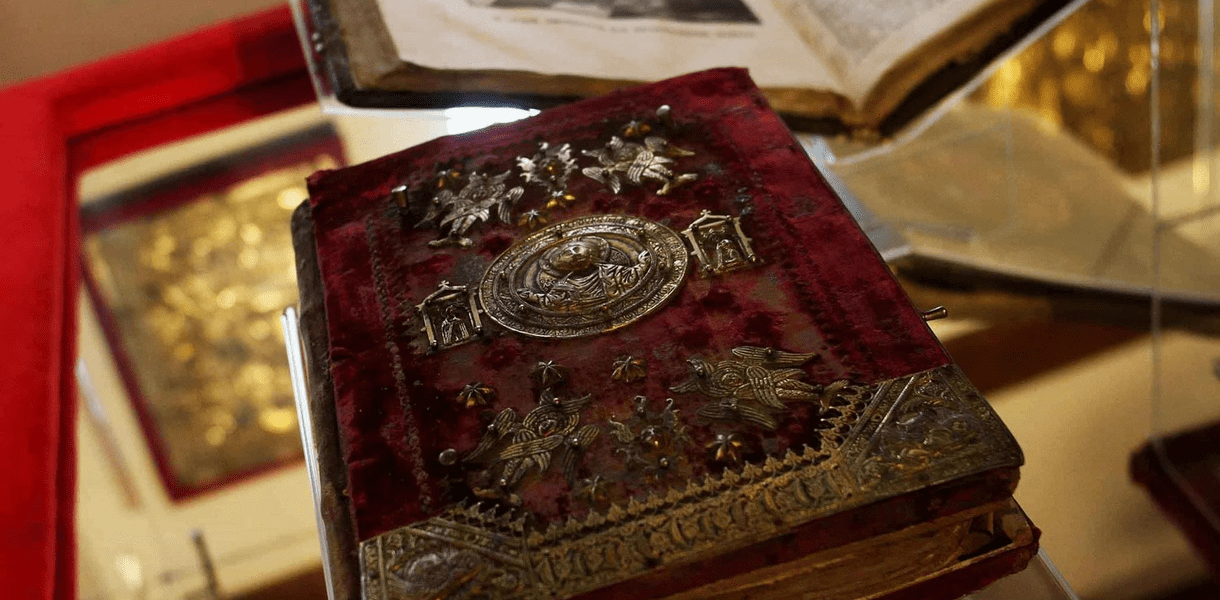Codex Purpureus Beratinus
These two very old Gospels (codices) recorded in UNESCO’s world memory are monuments of Christian culture and civilization and bear the stamp of the biblical-ecumenical space in which Albanians and their ancestors lived.
“Beratinus 1”, dating from the sixth century, and “Beratinus-2” from the ninth century. Both form part of the seven “purple codices” which survive today. Two of the “purple codices” are preserved in Albania, two in Italy and one each in France, England and Greece.
“Beratinus-1” – sixth century is a Gospel handwritten in uncial majuscules. It represents one of the three or four oldest New Testament archetypes and is an important reference point for the development of biblical and liturgical literature throughout the world. “Beratinus-2” – ninth century comprises Gospel manuscripts from the standard text period. Some paragraphs are semi-uncial. In terms of style and age, it is comparable to Greek Codex 53 (Saint Petersburg). It contains the four complete Gospels.
The two Albanian codices are very important for the global community and the development of ancient biblical, liturgical and hagiographical literature. The seven “purple codices” were written one after the other over a period of 13 centuries, i.e. from the sixth to the eighteenth centuries. The two codices represent one of the most valuable treasures of the Albanian cultural heritage.
Golden Codex Anthimus
“Golden Codex Anthimus”, so called by Batiffol in honor of the Bishop of Berat during the mid-nineteenth century. The Golden Codex of Anthimus carries uncommon artistic values. The description made to each codex implies specific data, graphical ways of writing, decorations and of each codex. At the same time, there are mentioned the first researchers of these codices who have spoken to them. There are also concisely described other valuable manuscripts which do not exist anymore. In this article, we provide important clues about the history of these manuscripts, the risks and challenges they have undergone to survive, as well as the environment in which they are held and continue to be held.



